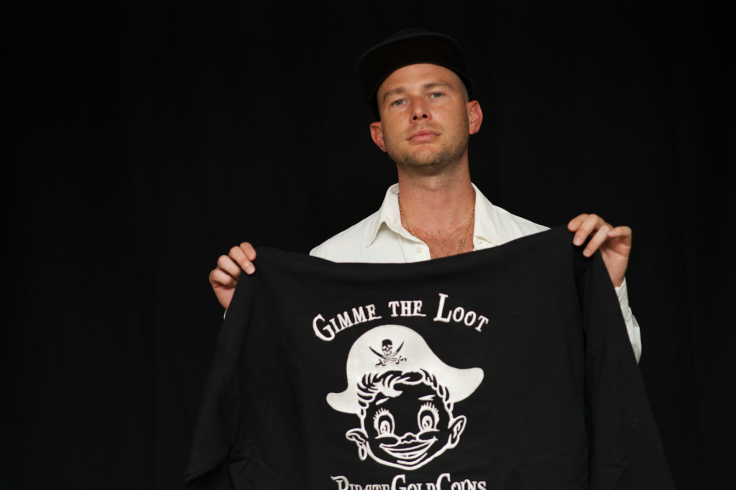Web 3 Entrepreneur JR Bissel Backs NFT's With Ancient Artifacts
We live at a time of dearth of investible ideas and solid assets with a potential for appreciation or at least with a minimal risk of depreciation. The blockchain technology has given eager investors hope for offering new digital assets such as cryptocurrencies and NFTs. In the relatively short period of their existence, they have experienced rises and falls their underlying strength—uniqueness and non- fungibility—having been questioned for just one and very clear reason.
What is the foundation of their value?
A string of code that cannot be replicated? The incorruptibility of the blockchain? Although all this is undisputed, the question of the underlying value is still valid. Finally, the finite nature of Bitcoin; certainly, this argument is strong as the asset’s value is a function of its scarcity. Another universal investment asset, gold, is without a doubt hard to come by and holds value without visible deterioration for the longest periods of time. However, in 1933, the gold standard was abolished by executive order #6102 that required US citizens to exchange their gold holdings for US dollars for fear of a ten-year imprisonment. US dollars could theoretically be exchanged back to gold until 1971 when President Nixon dealt a final blow to the gold standard canceling the direct US dollar convertibility to gold. He promised, however, that the US would at some point return to the gold standard.
We may be witnessing a partial return to an equivalent of the abolished gold standard, all thanks to the ingenuity and entrepreneurial talent of a thirty-year-old Californian, JR Bissell. To understand the novelty of his offering let’s first go back a few hundred years, when buccaneers were given the right by the English crown to maraud and sink Spanish ships laden with gold, silver, and other riches plundered from Spain’s American colonies. That was a way to wage war against England’s nemesis, Spain. Dozens of ships were sunk, treasures never found; but give hope to adventurous treasure-hunters that someday they might be recovered. One may call JR Bissell a modern-day pirate in reverse as he came up with a genuinely disruptive idea on what to invest in. Not that he got a royal license, or a letter of marque to maraud and sink merchant ships, but he came up with an idea to find recovered treasures, if only bit by bit, and offer them online. He founded the world’s premier digital treasure trove of ancient artifacts, Pirate Gold Coins. Instead of chasing Spanish ships in the Caribbean he spends his day browsing the Internet, treasure-hunting for ancient artifacts, from shipwrecked salvaged coins and pieces of jewelry to dinosaur fossils and Egyptian hieroglyphics.

“I’m changing the public’s perspective on pirate treasure: it’s not just a luxury item, it’s an asset class,” explains Bissell. “Through the test of time, desirable rarities last. Value continues to appreciate with time, and it’s a stable investment; you will be happy in five to ten years when you’re looking at your portfolio of treasure.” It is amazing how a young entrepreneur grasps the meaning of the “time is money” adage.
Bissell is also riding the wave of the recent growing popularity of NFTs as the latest on-trend investible digital asset. Emulating the US dollar’s past gold standard, Bissell’s NFTs purchased from Pirate Gold Coins will be backed by the actual treasure; safely stored in secure vaults until the time the NFT holder decides to ‘burn’ the token and take possession of the physical artifact. “At any point in time, the NFTs can be sent back to be burned, and we are able to ship you the physical artifact,” says Bissell. “All NFTs are 1-of-1 representations, of course, because they claim ownership of the physical piece itself; ours are the first to be backed by physical items.
“In this uncertain new market, I believe having NFTs backed by a physical artifact such as shipwreck treasure will add significant stability to the piece in the form of a safety net,” reflects Bissell. “The NFT will be worth at least the price of the physical artifact, which remains very stable.” Does that count as a return to the gold standard? We believe it does, at least in part. Thanks to Pirate Gold Coins and JR Bissell, NFT investors get true assets based on their intrinsic and timeless value. Having spent hundreds of years underwater already, the artifacts' value is likely to not erode.





















